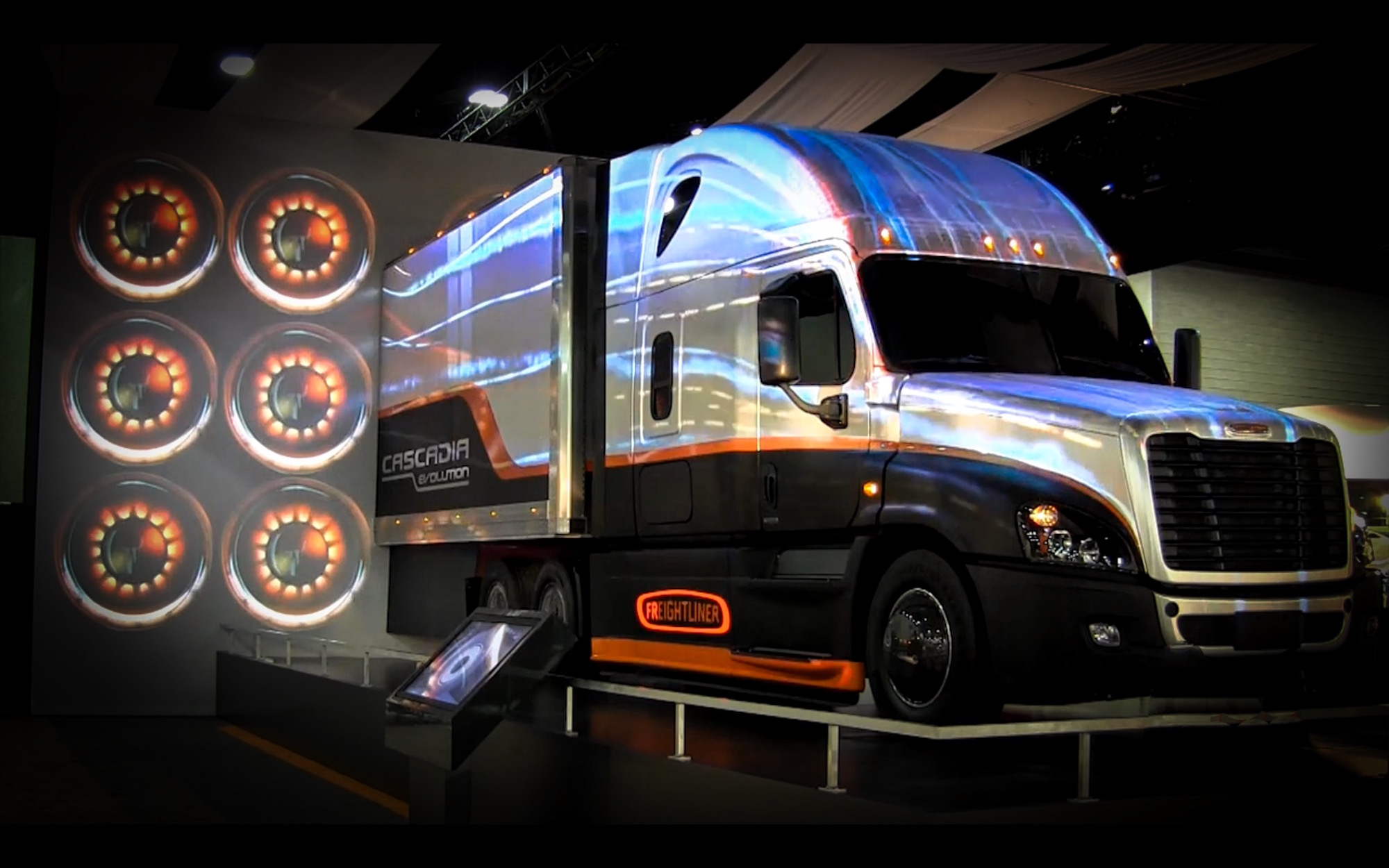
Interactive walls are dynamic, tech-powered surfaces that encourage active engagement. These walls can be touch-sensitive, motion-activated, or sensor-based, allowing users to interact with the displayed content in real-time. Whether you’re swiping through a virtual gallery or triggering animations with your movements, interactive walls are designed to engage the senses.
For example, in a corporate setting, RabCup’s interactive walls can be used to showcase product launches or offer immersive brand storytelling. These walls turn passive viewing into a hands-on experience, making them a popular choice for events, exhibitions, and office spaces looking to create a memorable impact.
Interactive walls offer endless possibilities for businesses aiming to leave a lasting impression. With customizable options, they can be tailored to fit a variety of industries, from retail and corporate to entertainment, creating immersive experiences that resonate with professionals and consumers alike.
What Are Electronic Walls
Electronic walls refer to digital screens or displays, such as large LED or LCD panels, used to broadcast static or pre-programmed content. While they may look similar to interactive walls, electronic walls are not designed for real-time user interactions. These digital walls are used for presentations, video conferencing, or displaying informational content.
Electronic walls offer the benefit of simplicity, perfect for businesses that need reliable, high-quality visual displays without the added complexity of interactive engagement. They are commonly used in lobbies, conference rooms, and trade shows, providing an impressive yet straightforward solution for delivering digital content to professional audiences.




